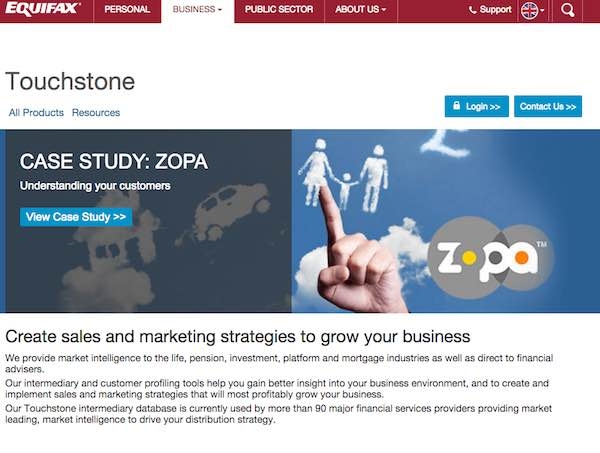A new survey has revealed the rapid growth of Centralised Investment Processes (CIPs) with 82% of intermediaries now using a CIP and 76% using model portfolios.
The desire to provide a consistent investment outcome for clients with diverse needs is driving the growth, says intermediary database provider Equifax Touchstone, which carried out the research, however CIP adoption varies depending on size of adviser firm. The company surveyed 141 investment advisers in August.
Equifax Touchstone says the results illustrate, “the enhanced focus on delivering consistent investment outcomes to end investors.” It found that where intermediaries use model portfolios, 70% do so for more than 50% of their investment business.
The company said that adoption of CIPs and model portfolios is now “common practice” although implementation varies with the size of the firm. Only 66% of advisers in a firm with less than five advisers use model portfolios in contrast to 83% from firms with over 50 advisers.
In terms of the type of investments selected, the survey found that while some investors are turning to passive investments to reduce costs, advisers still “very much value” active investment vehicles. Passive investing plays a part for 82% of intermediaries but the majority invest 25% or less of their investment business in passives. Only 11% of advisers allocate more than 50% to passive funds.
John Driscoll, director at Equifax Touchstone, said: “Centralised processes and the use of model portfolios ensure that a client’s attitude to risk is reflected and maintained on an ongoing basis, as these portfolios are managed according to strict risk criteria, and re-balanced regularly.
“We’re witnessing a shift to a more structured investment process, with centralised processes a key foundation for investment advice. This approach helps strike the right balance between risk and return, particularly important in a world of increased market volatility.
“The FCA is very focused on the quality of advice that investors receive, and stamping out unsuitable advice is a priority. Being able to demonstrate that investment risk is managed, monitored and maintained to the appropriate level for the client is an important part of this.”

